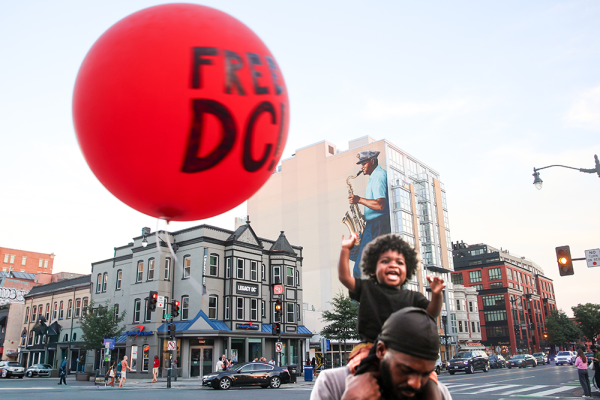Sep 4, 2025
When President Donald Trump announced a takeover of the nation’s capital in August, he justified the move by claiming that crime in Washington, D.C., was rampant. It wasn’t.
Many videos have surfaced on social media depicting law enforcement officers from multiple agencies targeting predominantly Black and brown neighborhoods while outraged bystanders berate the officers.
Read the Full Article

Already a subscriber? Login
